August Foraging
As summer moves into its later stages, August brings a wide variety of wild foods ready to be gathered. Berries, herbs, nuts, and greens are all coming into season, and some plants are beginning to set seed. It’s a good time to make the most of what’s available before autumn takes over.
Whether you're walking through woodland edges, checking hedgerows, or exploring local parks, there’s plenty to find this month.
Here’s a guide to what’s in season — and how to use it.
1. Blackberries (Rubus fruticosus)
Where to Find ItHedgerows, woodland edges, railway banks — almost everywhere!
What to Pick
Glossy, plump blackberries that come away easily in your fingers. Avoid red or hard berries — they’re not ripe yet.
How to Use It
- Classic blackberry crumble
- Add to breakfast oats or smoothies
- Steep in vinegar or gin for a seasonal infusion
Pick early in the day before the sun softens them, and be mindful of brambles!
Health Benefits:
High in vitamin C, which supports the immune system and skin health
Rich in antioxidants like anthocyanins, which protect cells from damage
Good source of fibre, supporting digestion and heart health
May support brain function and memory
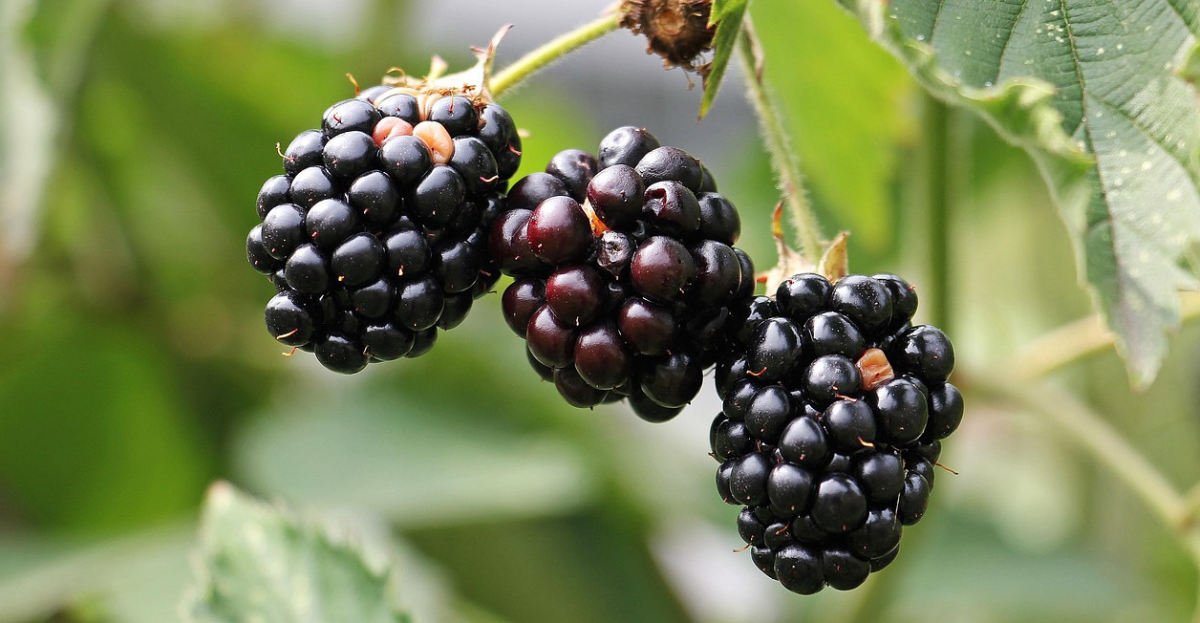
2. Elderberries (Sambucus nigra)
Where to Find:Meadows, grassy verges, field edges, and dry open ground. Yarrow grows low and fern-like, with clusters of flat, white or pale pink flowers.
What to Pick: Ripe, dark purple berries (not green or red, which are toxic raw).
How to Use:- Simmer into syrup for immune support
- Make wine, cordial, or jam
- Combine with apples or blackberries in crumbles
Traditionally used to prevent colds and flu
High in vitamin C and antioxidants, particularly quercetin and anthocyanins
May reduce inflammation and support respiratory health
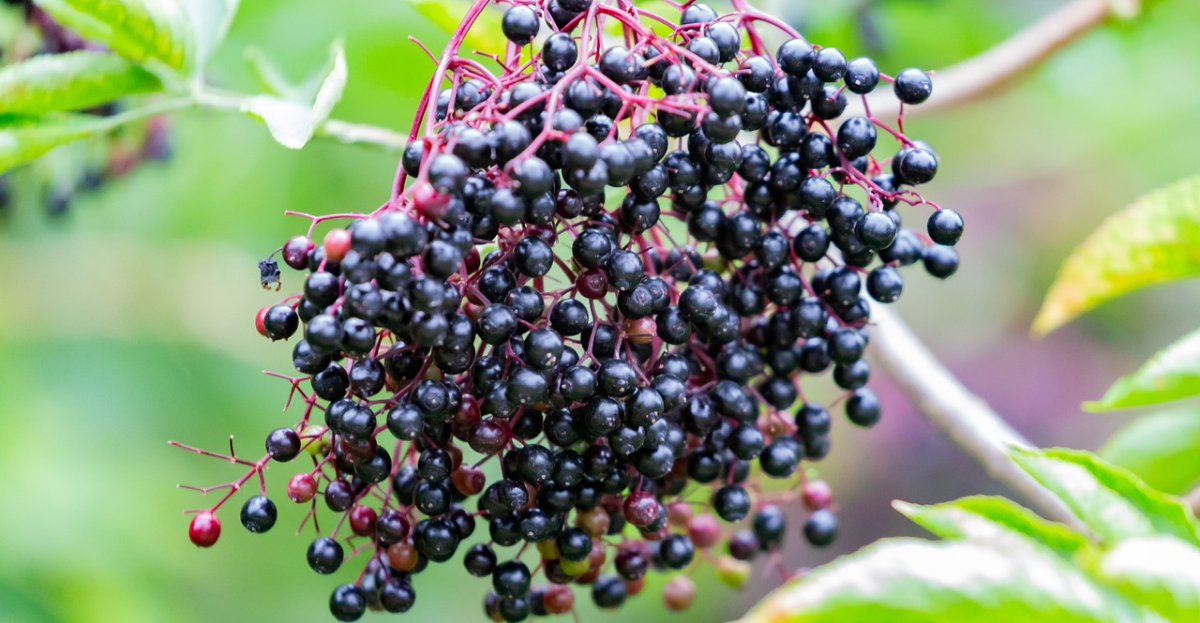
Elderberry Syrup Recipe
Ingredients:
- 500g fresh elderberries (or 250g dried)
- 1 litre of water
- 1 cinnamon stick
- 4–5 cloves
- 1 piece of fresh ginger (about 2 cm), sliced
- Juice of 1 lemon (optional)
- 250–400g honey (adjust to taste)
Instructions:
Prepare the elderberries
Remove the berries from their stems using a fork. Discard any green or unripe berries — they can cause stomach upset. Rinse thoroughly.
Simmer the mixture
In a large saucepan, combine the elderberries, water, ginger, cinnamon, and cloves. Bring to a boil, then reduce the heat and simmer uncovered for 30–40 minutes, or until the liquid has reduced by about half.
Strain
Allow the mixture to cool slightly, then strain through a fine mesh sieve or muslin cloth into a clean bowl. Press the berries with the back of a spoon to extract all the juice.
Add honey
When the liquid is lukewarm (not hot), stir in the honey. This preserves the beneficial enzymes in raw honey. Add lemon juice if using.
Bottle and store
Pour into sterilised glass bottles or jars. Store in the fridge for up to 2–3 months. You can also freeze in small portions for longer storage.
3. Rowan Berries (Sorbus aucuparia)
Where to Find:Rowan trees in hedgerows, woodlands, moorlands, and parks.
What to Pick:
Bright red, ripe berries. They must be cooked to remove bitterness and mild toxins.
How to Use:
- Rowan jelly (especially good with game and cheese)
- Added to chutneys or fermented in vinegar
Health Benefits:
High in vitamin C
Traditionally used to support digestion
Mild astringent and anti-inflammatory properties when cooked
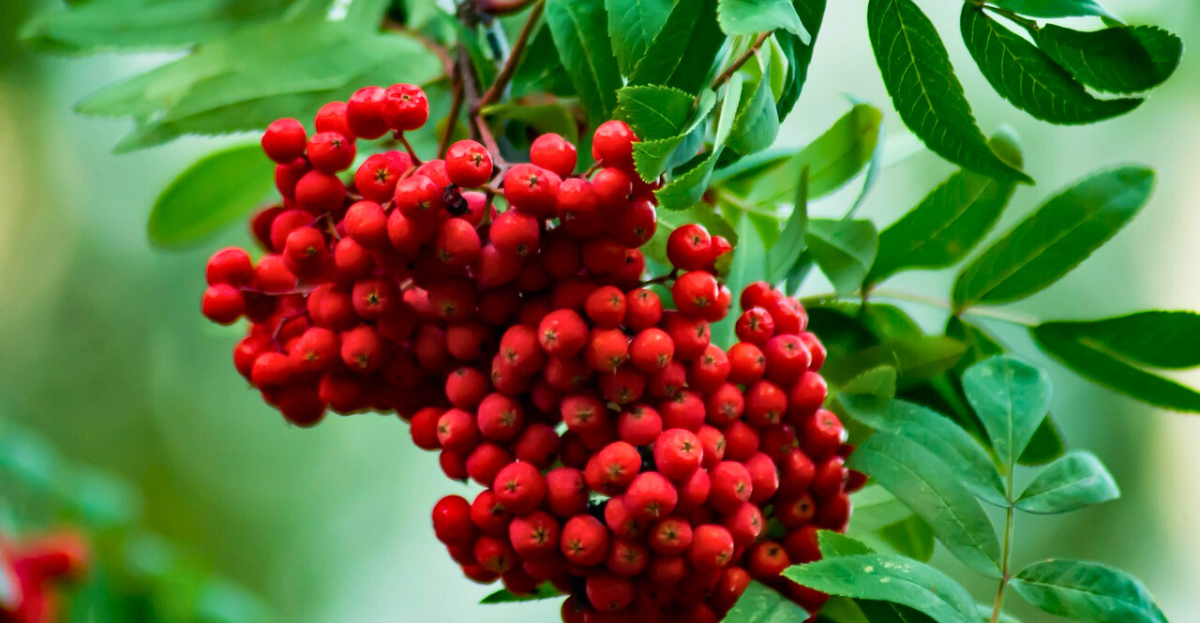
4. Crab Apples (Malus sylvestris)
Where to Find:Hedgerows, woodland edges, old orchards, and roadside trees.
What to Pick:
Small, hard apples. Tart when raw but perfect for cooking.
How to Use:
- Crab apple jelly or chutney
- Mixed with other fruits in hedgerow jams
- Dried into slices or made into vinegar
Health Benefits:
High in natural pectin, supporting gut health and useful for making preserves
Contain polyphenols, which may reduce inflammation
Source of vitamin C and potassium
vitamin C and potassium
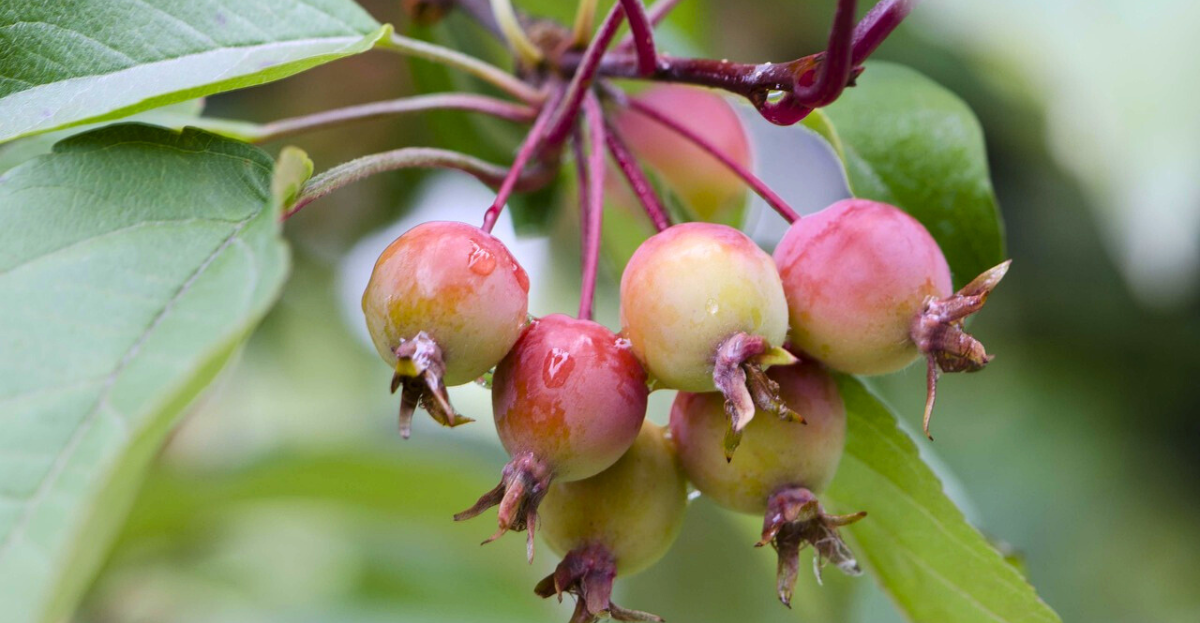
5. Hazelnuts (Corylus avellana)
Where to Find:Woodland edges and hedgerows.
What to Pick:
Green or ripening nuts still in their husks. Harvest before squirrels get them.
How to Use:
- Eaten raw or roasted
- Ground into flour
- Used in baking, granola, or nut butters
High in healthy fats, especially monounsaturated fats
Good source of vitamin E, which supports skin and heart health
Rich in magnesium, B vitamins, and fibre
It may help reduce cholesterol levels
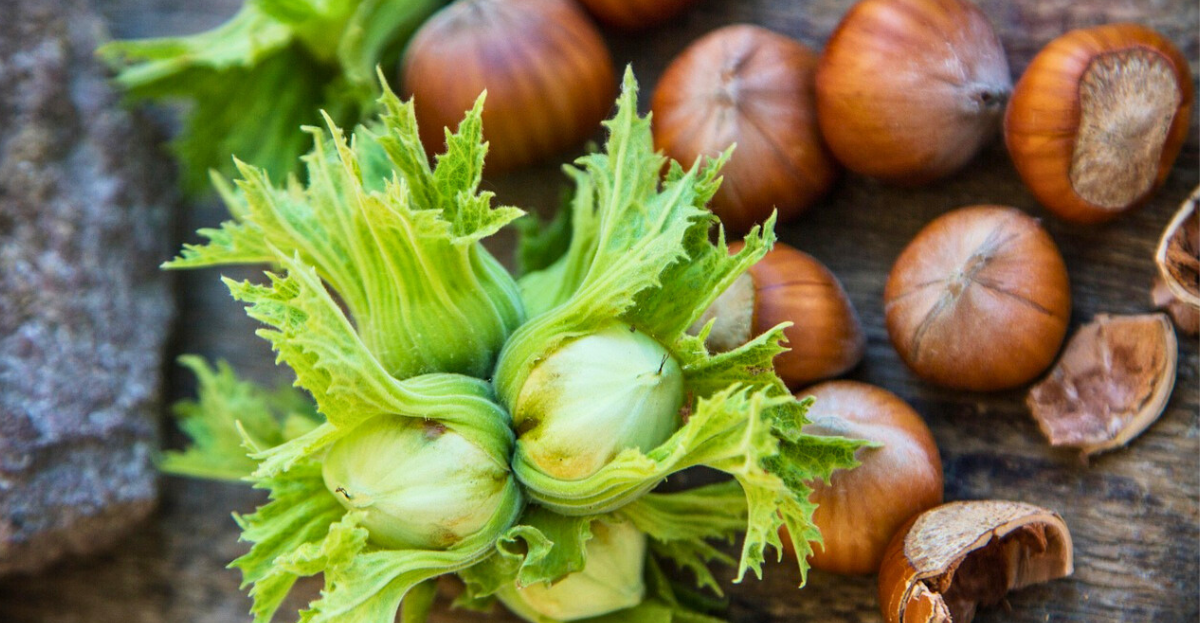
6. Ground Elder (Aegopodium podagraria)
Where to Find:Gardens, parks, allotment edges, woodland paths.
What to Pick:
Young leaves before they become tough or bitter.
How to Use:
- Sautéed with garlic and oil
- Added to soups, omelettes, or quiches
- Mixed into leafy green blends
Health Benefits:
- Traditionally used for gout and joint pain
- Mild diuretic and anti-inflammatory properties
- vitamin C and minerals like potassium and calcium
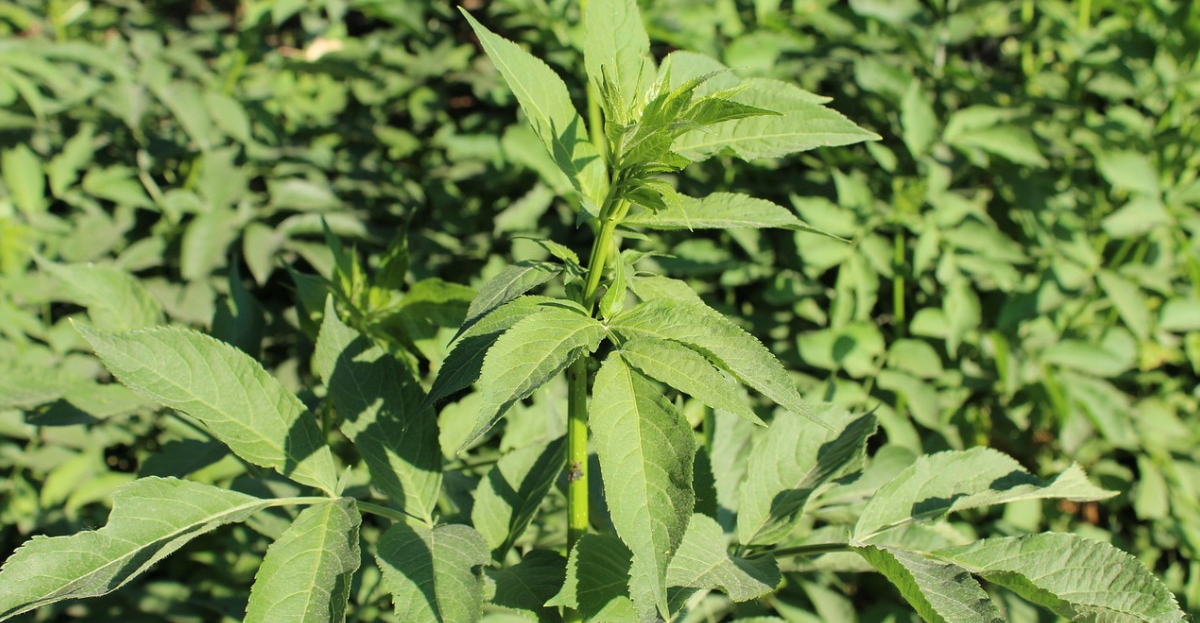
Sautéed Ground Elder with Garlic and Lemon
Ingredients:2 large handfuls of young ground elder leaves(washed and roughly chopped)
1 tablespoon olive oil or butter
1–2 garlic cloves, finely chopped
Juice of ½ lemon
Salt and pepper to taste
Optional: a pinch of chilli flakes or grated nutmeg
Method:
Sauté the garlicHeat the oil or butter in a pan over medium heat. Add the chopped garlic and cook gently for 1–2 minutes until fragrant, but not browned.
Add the ground elder
Add the leaves to the pan and stir well. Cook for 3–4 minutes, until wilted and tender, much like spinach.
Season and serve
Squeeze over the lemon juice, season with salt and pepper, and add optional chilli or nutmeg if using. Serve warm.
7. Primrose (Primula vulgaris)
Where to Find:Woodland edges, damp grassy banks, and hedgerows — mostly in spring, but may flower again after rain in cooler areas.
What to Pick:
Pale yellow flowers and young leaves.
How to Use:
- Flowers are used raw as garnish for salads, cakes, or drinks
- Leaves may be added to spring greens (though slightly fuzzy)
- Can be candied for decorations
Traditionally used for mild sedative effects
It may help with headaches, anxiety, and insomnia
Contains saponins and flavonoids with potential anti-inflammatory action
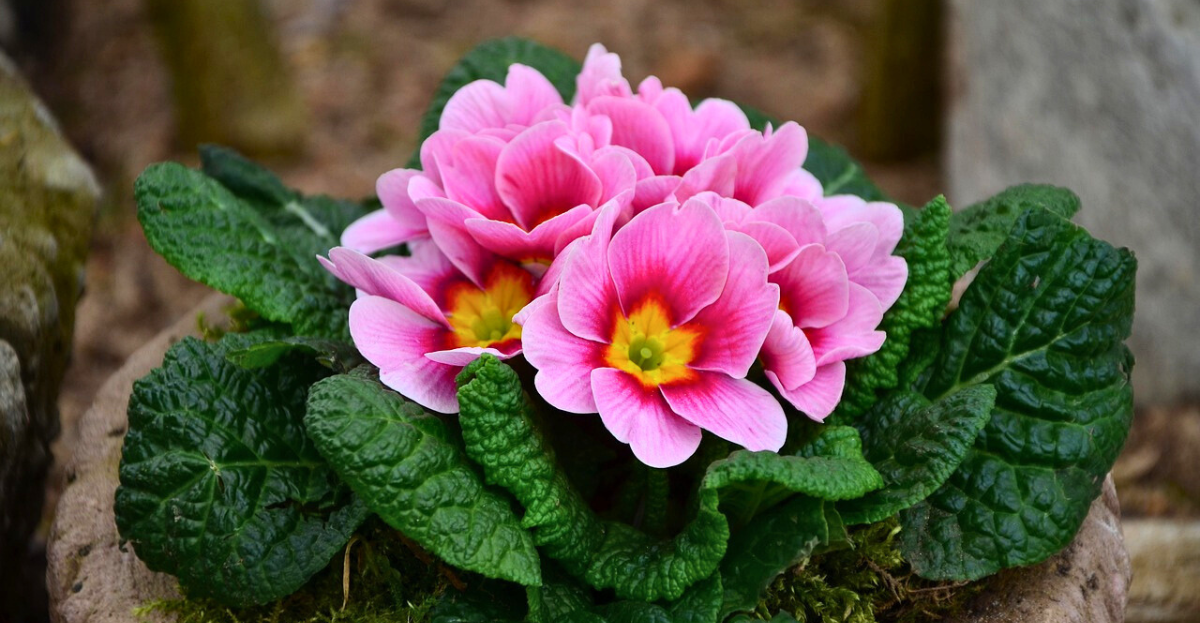
8. Yarrow (Achillea millefolium)
Where to Find:
Meadows, grassy verges, field edges, and dry open ground. Yarrow grows low and fern-like, with clusters of flat, white or pale pink flowers.
What to Pick:
Young leaves for eating (before flowering is best)
Flower heads for teas and tinctures
How to Use:
- Add a few chopped young leaves to salads (sparingly – they’re strong)
- Brew dried flowers into a
- herbal tea
- Use fresh flowers in infused oils or salves for skin
- Combine with elderflower and mint for a cooling summer tea
Traditionally used to support digestion, reduce fever, and aid circulation
Anti-inflammatory and antiseptic, useful for skin care
It may help ease menstrual cramps and minor wounds when used topically
Often used in herbal blends for cold and flu support.
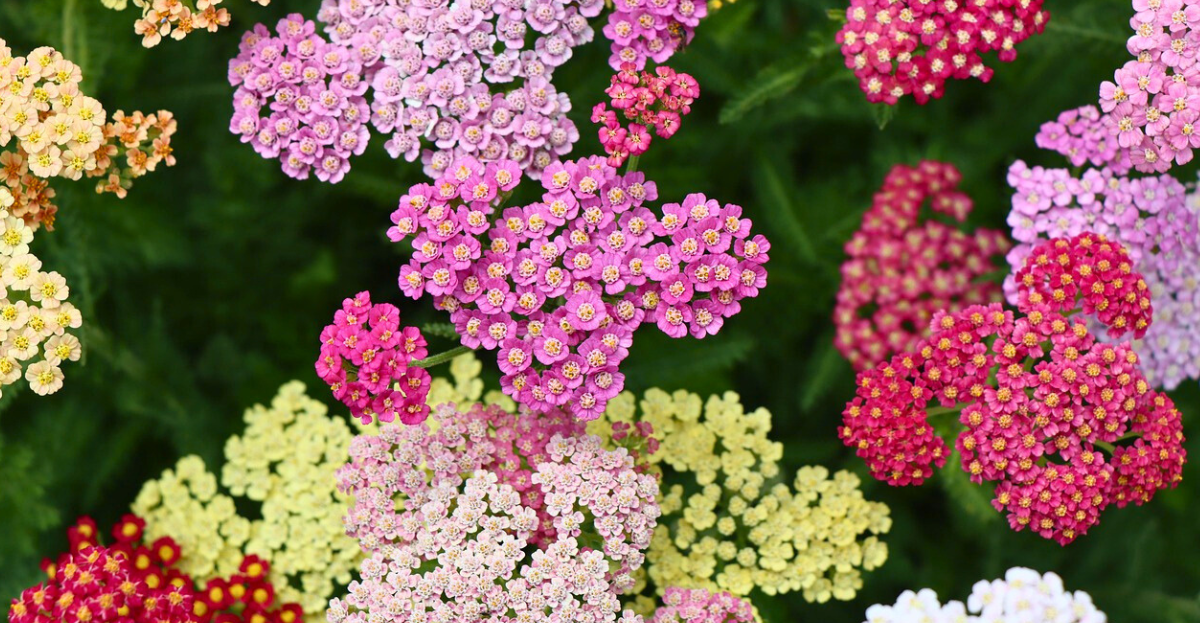
Yarrow Herbal Tea (Infusion)
Ingredients:1 tablespoon dried yarrow flowers (or 2 tablespoons fresh)
250ml (1 cup) boiling water
Optional additions: dried elderflower, peppermint, or a slice of lemon
Method :
Harvest & dry (if needed)Pick yarrow flowers on a dry day. Harvest only the flower heads and a few leaves from clean areas. Dry them upside down in bunches or spread on a screen or tray away from direct sunlight until crisp.
Brew the tea
Place the yarrow in a teapot or mug. Pour over boiling water, cover, and let steep for
10–15 minutes
Strain & enjoy
Strain out the plant material and drink while warm. Add honey or lemon if desired.
August is an ideal time to explore the outdoors and take advantage of nature’s late-summer offerings. With berries ripening, herbs in full flavour, and the first signs of autumn approaching, it’s the perfect month to forage, preserve, and enjoy the wild food around you.
Whether you’re picking blackberries for crumble, brewing elderberry syrup, or trying yarrow tea for the first time, each find connects you more closely to the seasons. Just remember to forage responsibly, positively identify every plant, and leave plenty behind for wildlife and others to enjoy.
Happy foraging!
Join The National Allotment Society
Become a National Allotment Society member and help to preserve and protect allotments for future generations.
